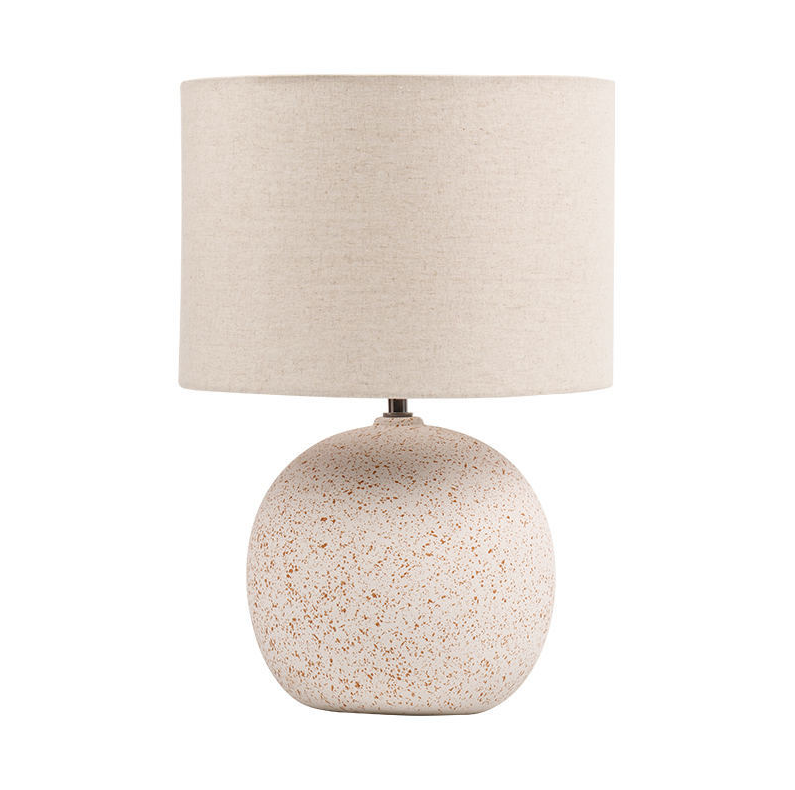What are the rules for using floor lamps?
In modern home design, floor lamps are no longer just simple lighting tools; they are works of art that create ambiance and enhance the style of a spa...
A Table Lamp is a crucial element of home lighting and decoration. Its placement and placement not only impacts the lighting effect but also our vision, the aesthetics of the space, and the user experience. Proper Table Lamp placement is key to improving the quality of life.
Content
The purpose of a Table Lamp determines its optimal placement. Before deciding on placement, first clarify your needs:
This is the most common function of a Table Lamp. On a desk, the lamp should be placed on the user's non-dominant hand (for example, for a right-handed person, the lamp should be on the left) to avoid shadows from the hand blocking the light. Light should directly illuminate the reading or writing area, but the light source itself should not shine directly into the eyes. It is important to choose a study lamp with an adjustable arm and head.
For reading before bed and when getting up at night, bedside lamps are often placed in pairs on nightstands. Choose a soft, warm light, avoiding excessive brightness. The ideal lampshade height ensures that the light is focused on the user, not the surrounding area, and that the bulb is not visible from the bed.
Some decorative table lamps (such as art lamps and mood lamps) enhance the style of a space or highlight a specific area. They can be placed on side tables, storage cabinets, or mantelpieces to supplement ambient light and add a sense of depth. In this case, the lamp's appearance and lighting effects are the primary considerations.
Proper table lamp placement is essential for protecting your eyesight, especially for those who spend extended periods using a computer or reading.
Table lamps are also a great addition to your home's aesthetic.
Proper table lamp placement is a systematic process that combines functionality, visual well-being, and home aesthetics. From now on, carefully review your table lamp arrangement to ensure each lamp performs its optimal function and illuminates your living space.

In modern home design, floor lamps are no longer just simple lighting tools; they are works of art that create ambiance and enhance the style of a spa...

In bedroom design, a bedside lamp is more than just a lighting tool; it's a crucial element in creating ambiance and enhancing comfort. A high-quality...

In modern interior design, lighting fixtures are no longer merely tools for providing illumination; they have become important elements for decorating...

In modern home and commercial space design, wall lamps have become an important element due to their unique lighting angles and decorative appeal. But...